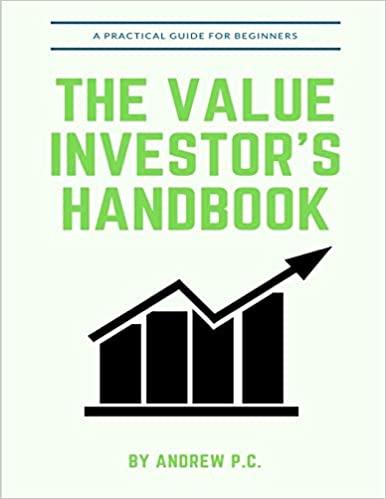4. The cost of retained earnings The cont of raising capital through retained earnings is the cost of raising copital through lasuing new common stock. The cost of equity using the CAPM approach The currest risk-free rate of return (fuy) is 4.674 whlle the market risk premium is 6.1796 . The Bums Compamy has a beta of 1.56 , Using the capital asset pricing model (CAPM) approach, Burris's cost of equily is The cost of equity using the bond yield plus risk premium approach The Adams Company is dosely held and, therefore, cannot generate reliable inputs with which to use the CaPM method for estimating a company's cost. of internal equity. Adams's bonds yeld 11.52%, and the firm's anslysts estimate that the firm's risk premium on its steck over its bonds is s.09. Based on the bond-yield-plus-risk-premium approsch, Adams's cost of internal equity is: 19.15% 17.41% 21.75% 20.59 The cost of equity using the discounted cash flow (or dividend growth) approach Johnson Enterprises's stock is currentiy seling for $25.67 per share, and the firm expects its per-1hare dvidend to be $1.38 in one year. Analysts project the firmir growth rate to be constant at 5.724, Fstimating the cost of equity uting the esscounted cash fow (or eivisend growth) approach, what is Johnson's cost of internal equity? 16.99% 11100 11.65% 1). 84% The cost of equity using the discounted cash flow (or dividend growth) approach Johnson Enterprises's stock is currently selling for $25.67 per share, and the firm expects its per-share dividend to be $1.38 in one year. Analysts project the firm's growth rate to be constant at 5.72%, Estimating the cost of equity using the discounted cash flow (or dividend growth) approach, what is Johnson's cost of internal equity? 14.99% 11.10% 11.66% 13.88% Estimating growth rates It is often difficult to estimate the expected future dividend growth rate for use in estimating the cost of existing equity using the DCF or DG approach. In general, there are three avallable methods to generate such an estimate: - Carry forward a historical realized growth rate, and apply it to the future. - Locate and apply an expected future growth rate prepared and published by security analysts. - Use the retention growth model. Suppose Johnson is currently distributing 75% of its earnings in the form of cash dividends. It has also historically generated an average return on equity (ROE) of 8%, Johnson's estimated growth rate is \%








